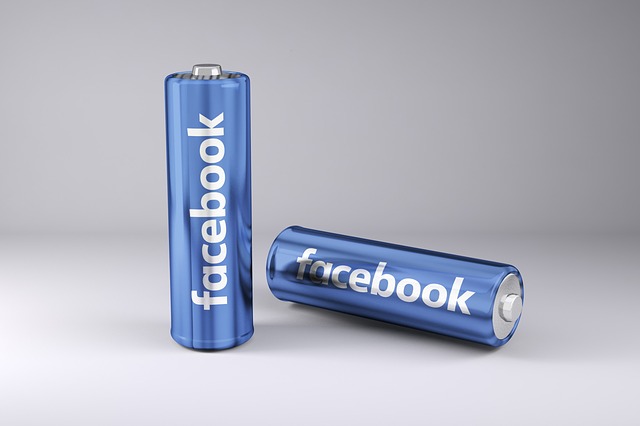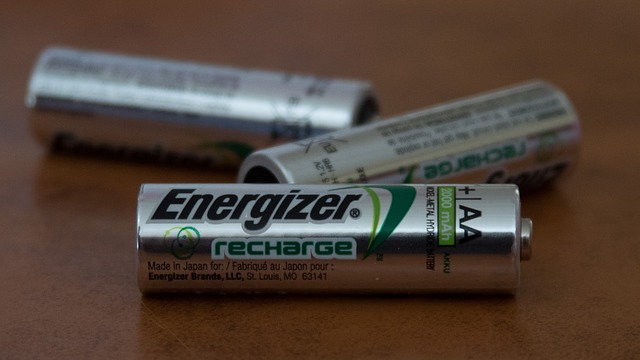Will a NiCad charger charge a lithium ion battery?
Mar 11, 2020 Pageview:1280
Can you use a NiCad battery charger for lithium ion battery?
Most power tools on the market nowadays are not designed to know how to distinguish between the power from a NiCad battery and the power coming from a Lithium ion battery. Cordless power tools are designed in a way that they will not accept any incompatible battery packs. That is why it is safe to use any battery pack, whether it is a Lithium ion battery or a NiCad battery pack. However, the battery must fit the tool.
It is also important to mention that to be able to do that you must use new generation Lithium ion batteries. The earliest generations of Lithium ion batteries were not backward compatible with any tool that uses NiCad batteries. However, that changed over time with the advancement of technology in the field. Currently, major manufacturers of Lithium ion batteries make 18V Lithium ion batteries that are both forward and backward compatible. Those can be used in drills that normally operate on NiCad batteries.
In addition, most chargers on the market now are also backward compatible with the older batteries of both Lithium ion and NiCad batteries. However, both batteries and chargers must have the same mount to function properly. It is important to know that the charger that came with the NiCad battery will NOT operate with the Lithium ion battery.
So, to answer the above question, No. You cannot use a NiCad charger to charge a Lithium ion battery. But you can use a Lithium ion battery charger to charge the NiCad battery.
Do you need to use a standard charger for lithium ion battery?
It is recommended to have a charge rate of between 0.5C and 1C with a charging time of between two to three hours. That being said, any charger that can give you the previous output is fine. However, you need to check out the numbers because any change, no matter how slight it is, can cause catastrophic results. Lithium ion batteries can explode if charged with a non-compatible voltage. In Lithium ion batteries, a full charge occurs when the charge inside of the battery reaches the voltage threshold while the current drops to 3% of the rated current. When using a charger with increased charge (fast charger) the battery reaches the peak of its voltage faster, however, the saturation charge will take longer with higher current chargers.
What is the effect if you use NiCad charger charge lithium ion batteries?
Before answering this question, we need to figure out why Lithium ion batteries are being used in portable and cordless devices nowadays as a replacement for NiCad batteries.
In the field of power tools, the first huge development that occurred was in the early 1970s with the commercialization of NiCad batteries. Before that, all batteries were lead acid-based batteries. They were heavy and cannot be used in portable tools. With the introduction of the NiCad batteries, the portability problem was solved. There are a lot of cordless power tools nowadays that use Lithium ion batteries. As we mentioned before, Lithium ion batteries are smaller and lighter than the NiCad batteries. They have virtually no self discharge, which allows them to be stored for months and months without losing their capacity.
Lithium ion batteries have become the go-to batteries for cordless power tools. The reasons behind that are:
Lithium ion battery provides high energy density.
Lithium ion battery can be recharged many times over.
Lithium ion battery has a very high cycle life when compared to the NiCad battery.
Lithium ion battery has no memory effect.
Lithium ion battery has high capacity when compared to the NiCad battery.
Lithium ion batteries that are used in Power tools have some commonly shared characteristics.
They have a cycle life of approximately 1900 cycles.
At 21 C they have a discharge rate of 8%, which is much better than that of NiCad batteries.
They have an average of 3 Ah and up.
They are very lightweight, portable and small.
Their smaller size allows for customization and smaller power tools.
It is also worth noting that these tools are pretty expensive when compared to conventional power tools devices. That is due to the fact that they used Lithium ion batteries. Lithium ion batteries are expensive, which in result reflects on the price of the power tool device.
When comparing the amount of power both batteries provide, they are the same. An 18V Lithium ion battery provides the same power an 18V NiCad battery provides. However, how long does each battery provide that power is another story. Lithium ion battery comes first in that field as it allows the power tool to operate for longer times than the NiCad battery does. NiCad batteries have an effect that is called "memory effect". It is an effect where the battery remembers the point in their charge cycle where recharging began, during operation, the voltage will drop at that point as if the battery had been discharged. Lithium ion batteries, on the other hand, do not have that effect. Moreover, Lithium ion batteries can tolerate a wider range of temperatures than NiCad batteries.
Lithium ion battery cells are well known for their huge energy density. Lithium ion battery cells can store more energy per pound than any other conventional battery packs on the market. They are the go-to battery packs for all portable power tools. They do not have the memory effect and perform better at deep discharge applications when compared to NiCad batteries. The Lithium ion batteries do not have good chemistry, however. They do not perform well in extreme cold or extreme heat. Some people experience that their Lithium ion batteries stop working at all at -5 degrees Fahrenheit. That makes Lithium ion batteries very risky batteries to deal with. Since Lithium metal is very reactive and reacts to heat and Oxygen instantly, if not handled properly they can cause fire and explosion. Moreover, Lithium batteries are very reactive to water. The Lithium ion will oxidize extremely rapidly causing an explosion.
That being said, most chargers on the market now are also backward compatible with the older batteries of both Lithium ion and NiCad batteries. However, both batteries and chargers must have the same mount to function properly. It is important to know that the charger that came with the NiCad battery will NOT operate with the Lithium ion battery.
Leave Message
Hottest Categories
-
Hottest Industry News
-
Latest Industry News














